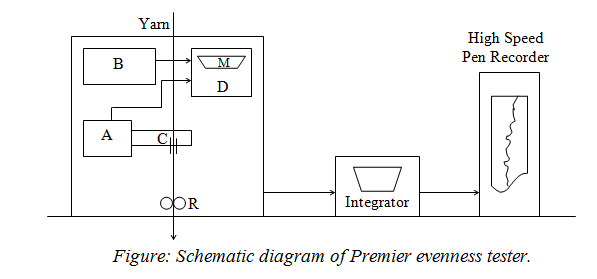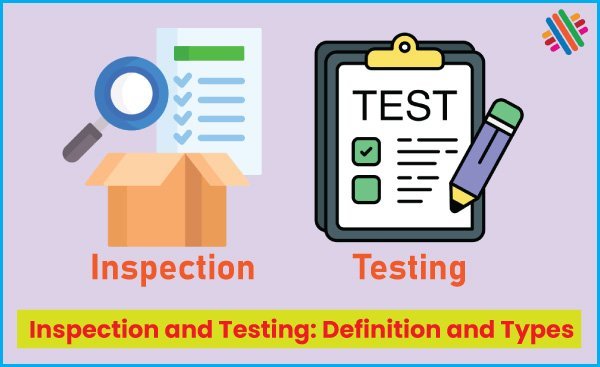What is Textile Testing: Definition and Meaning
Last updated on June 19th, 2023 at 06:05 pm
Definition of Testing
Before putting something into widespread use, production or practice, the quality, performance, reliability etc. are checked. It finds out how well something works. Testing can be defined as the process of determining the properties of different kinds of substances.

There are mainly two types of testing, one is routine process testing and another is quality record testing. The result of routine process testing can be got quickly in the working field. The result of quality record testing is to be recorded for different objects to finish the work.
Definition of Textile Testing
Textile Testing is an important part for textile production, distribution, and consumption. We can also define Textile Testing as the process of determining the properties of different kinds of Textile substances.
Objectives of Textile Testing
The objectives of Textile Testing are as follows –
- In case of research, the results of testing will help the scientist to decide which route should be followed.
- It helps to select the proper raw materials. Raw material is a relative term. As for example, fibre is the raw material of spinner, yarn is the raw material of weaver etc.
- Textile Testing helps to control the different processes. Such as Spinning, Weaving, Dyeing, Finishing etc. End breakage is controlled by controlling weight per lap length, sliver length and roving length. Weaving process is controlled by controlling the excessive breakage of warp and weft yarn. Dyeing process is controlled by M : L, temperature and pressure.
- In case of product control, it helps to ensure the fulfillment of the desired quality of the end product. Such as the end product of spinning is yarn.
- In case of process development, it helps to improve the quality of end product by avoiding unnecessary waste of time and money.
- In case of product development, it helps in continual search for new knowledge and to develop new products.
Factors Affecting Test Result
- Atmospheric conditions
- Test methods
- Testing instruments
- Technician’s efficiency etc.
Different Types of Textile Testing
Fibre Tests
Fibre tests include identification of fibres, grading, fibre length, strength and elongation, fineness, maturity etc.
Yarn Tests
Yarns tests include yarn count, twist per unit length, strength, appearance, evenness and regularity, hairiness etc.
Fabric Tests
Fabric tests include strength and elongation, width, thickness, number of ends and picks per unit length, the count of yarn used, fabric weight per unit length, design and construction of the cloth, air permeability, thermal properties, stiffness, handle, drape, crease resistance and recovery, abrasion, pilling, shrinkage etc.
Garment Tests
Garment Tests include dimensional changes of garments after household laundering, appearance after household laundering, fabric weight, tension and elongation, tensile strength, tear strength, colorfastness of water, perspiration, dye-transfer and saliva, fibre content test etc.
You may also like: Dimensional Changes of Fabric After Home Laundering




This comment has been removed by a blog administrator.
This comment has been removed by a blog administrator.
This comment has been removed by a blog administrator.
Everybody wears clothes, but only TESTEX who is proficient in the manufacturing, testing and research industry that really understands the full story of clothing. From fiber to fabric and fabric to garments, every stage of the journey needs to be tested to ensure the right standards for high-quality textiles are met.
Informative info. Textile testing is really an important topic.
Thanks for the post.
Textile testing is an important part in the clothing industry.
Thanks for sharing.
Hmm, it seems like your site ate my first comment (it was extremely long) so I guess I’ll just sum it up what I had written and say, I’m thoroughly enjoying your blog. I as well am an aspiring blog writer, but I’m still new to the whole thing. Do you have any recommendations for newbie blog writers? I’d appreciate it.